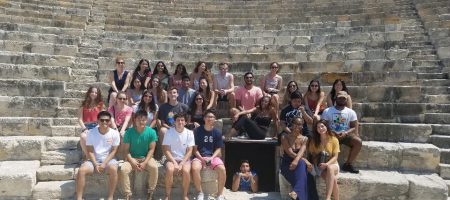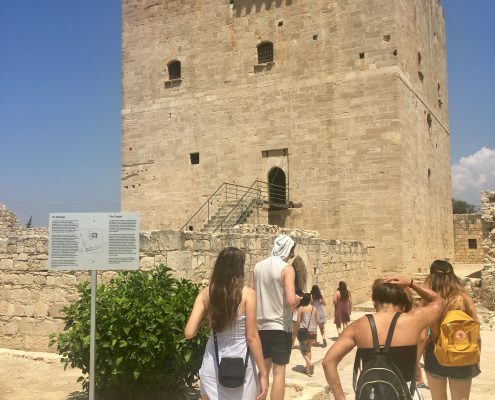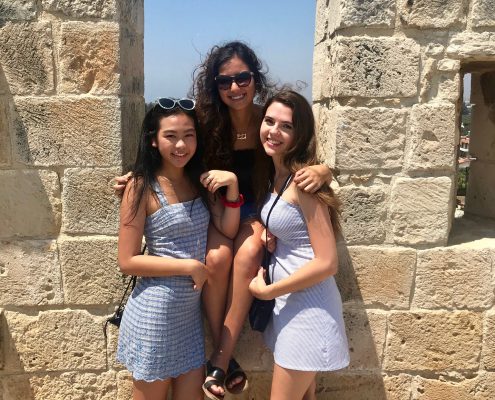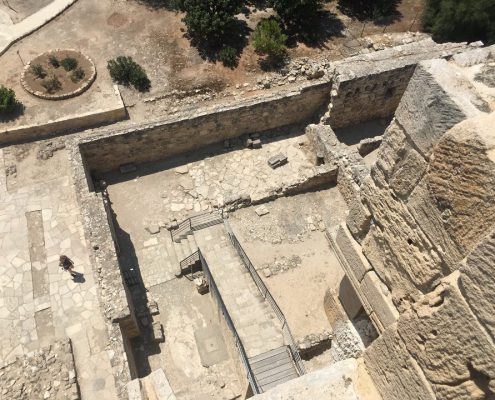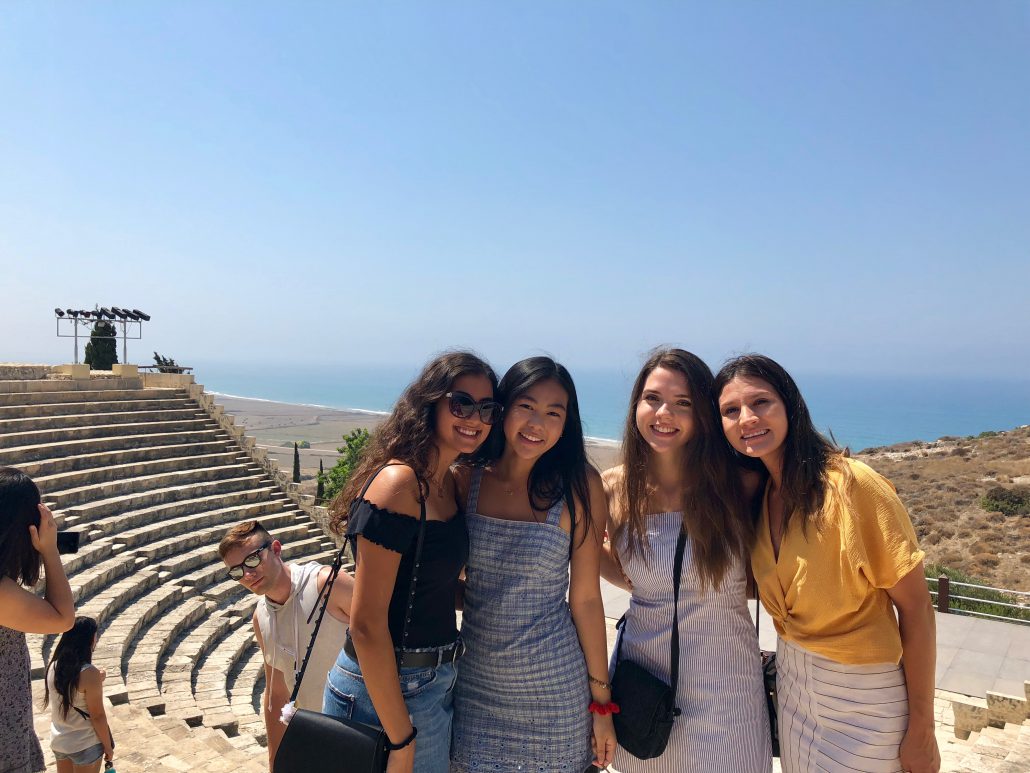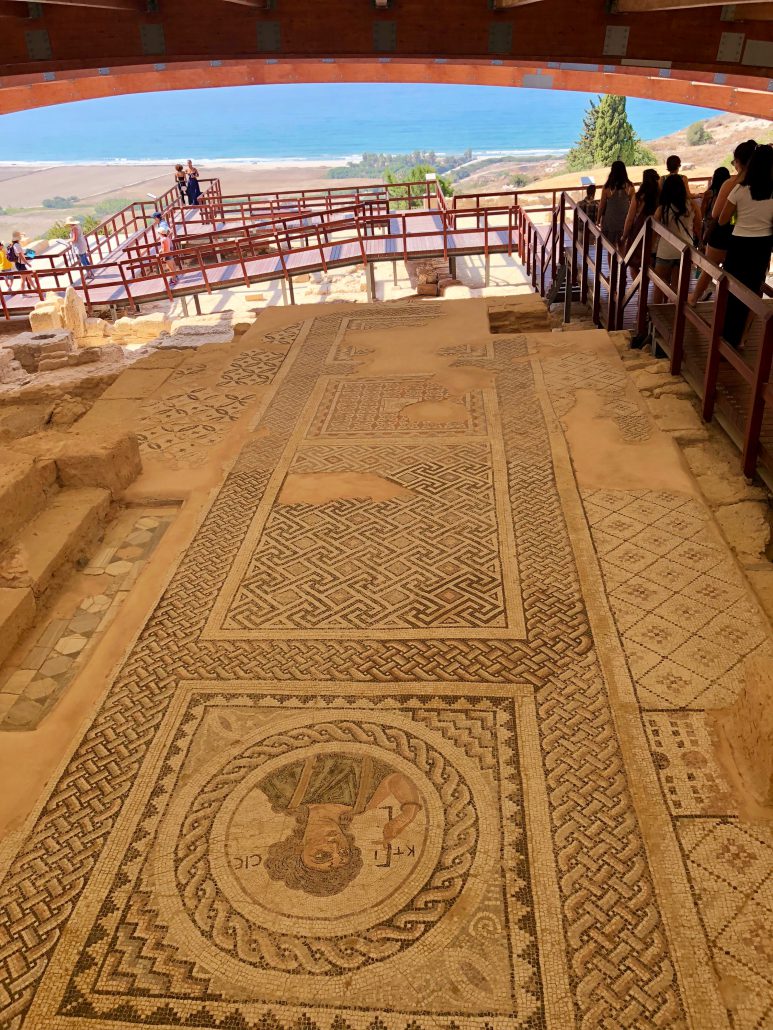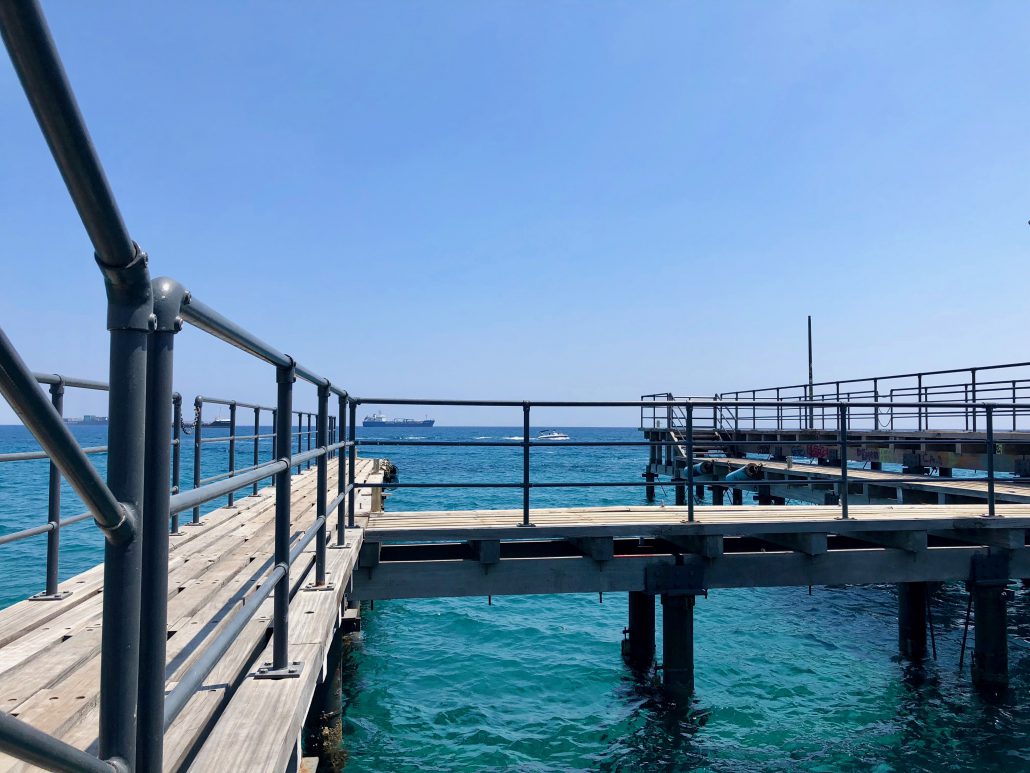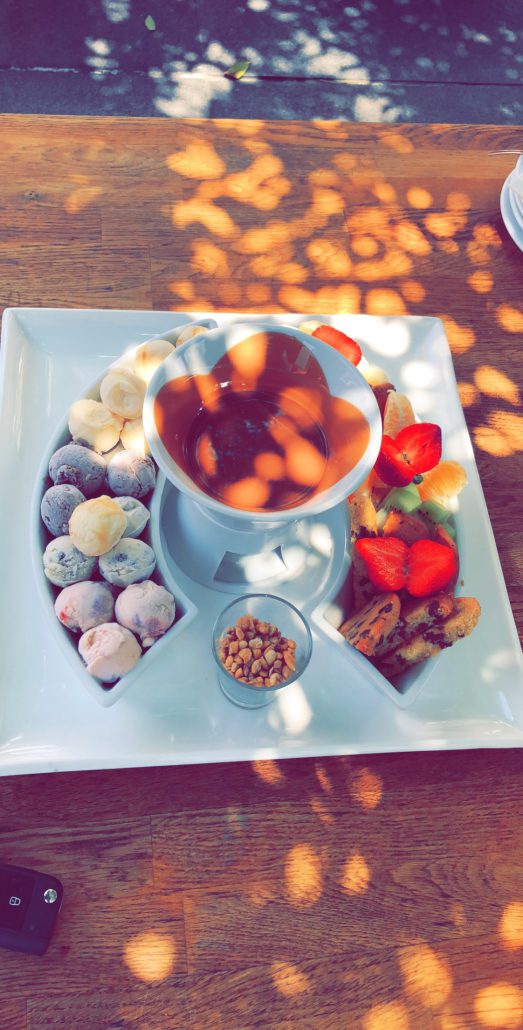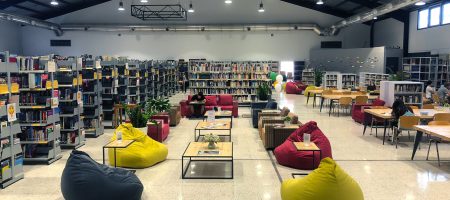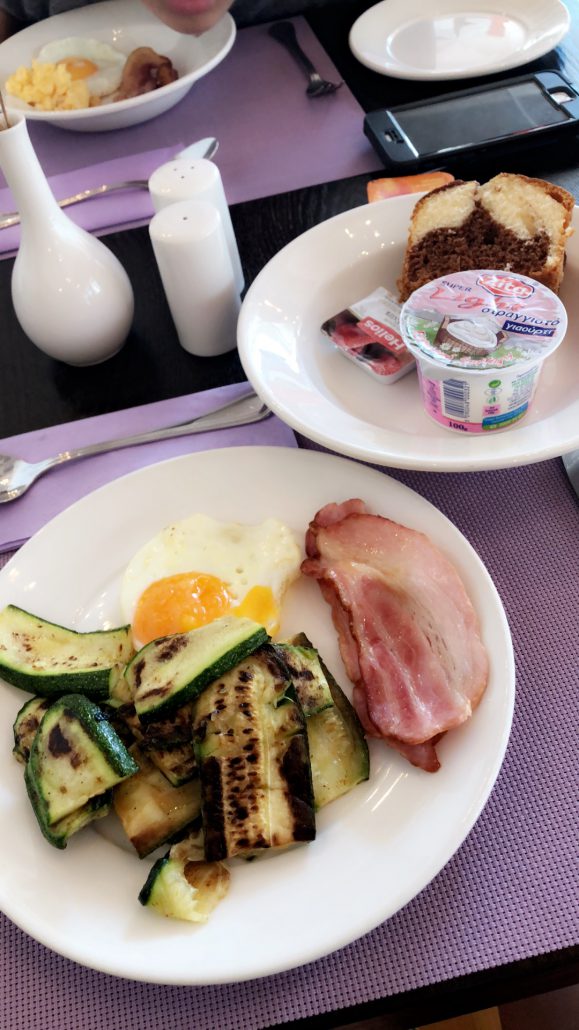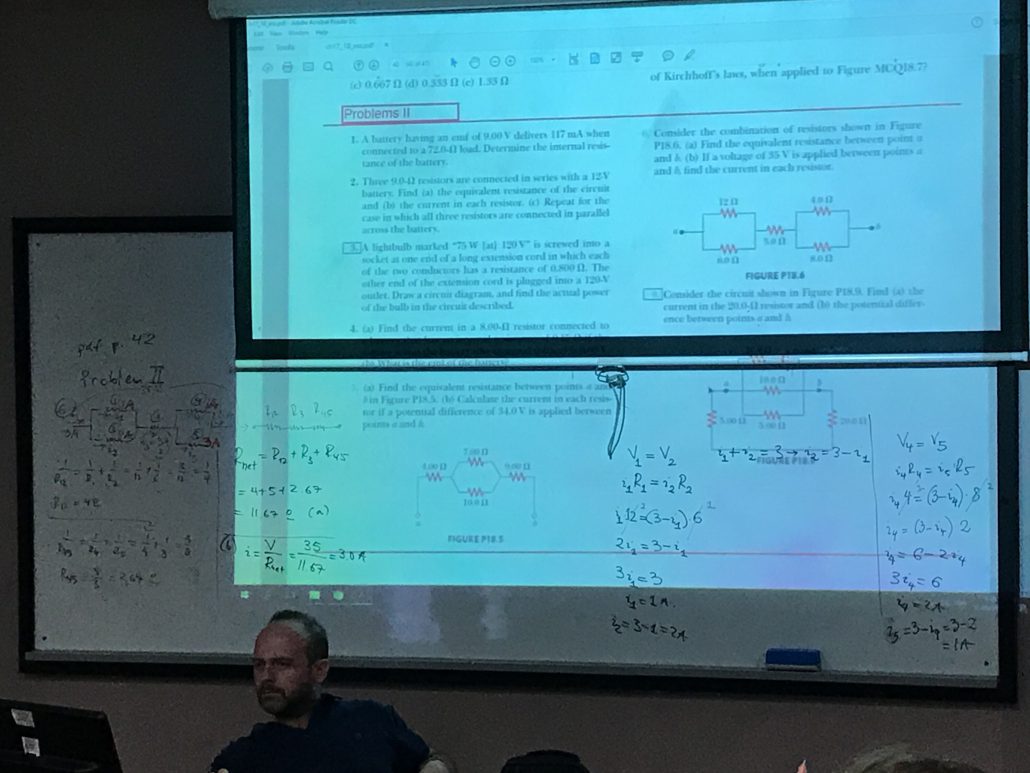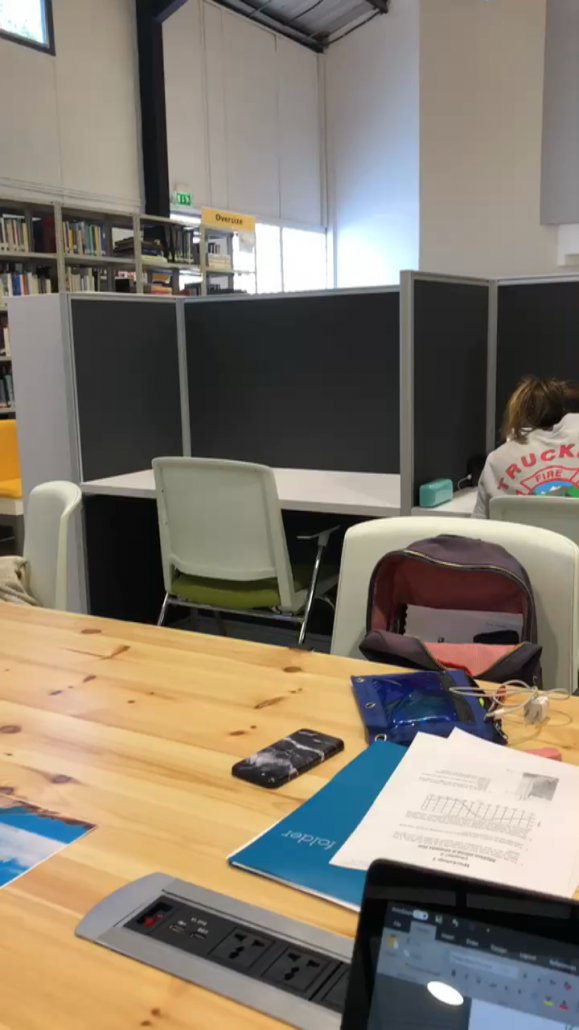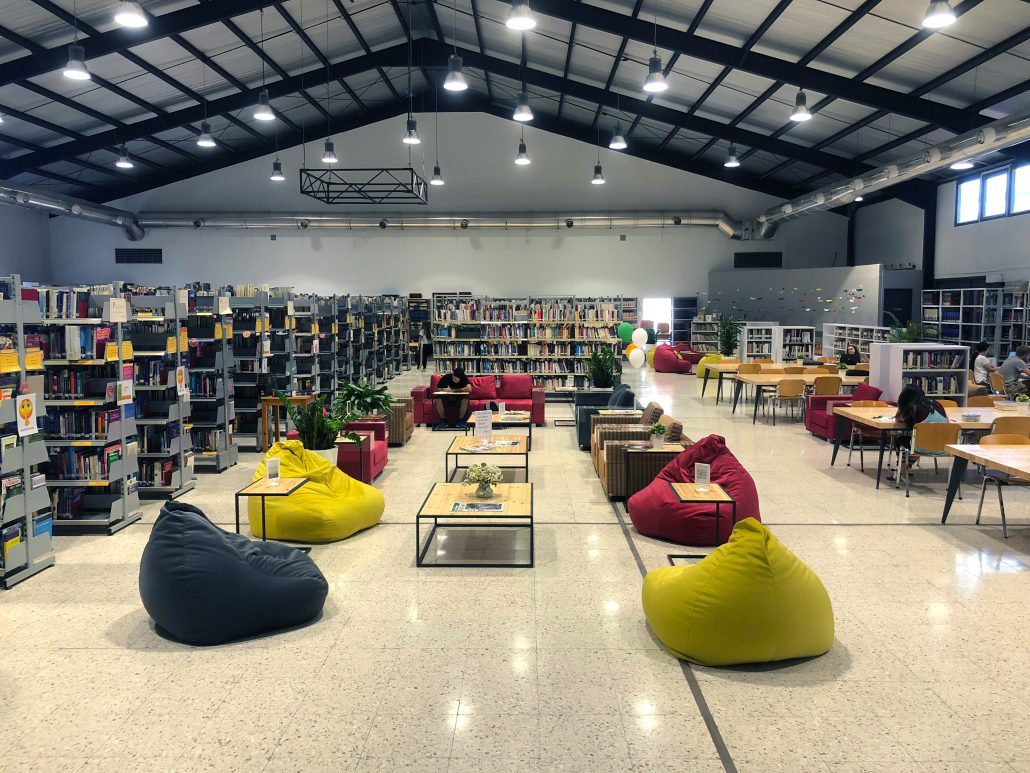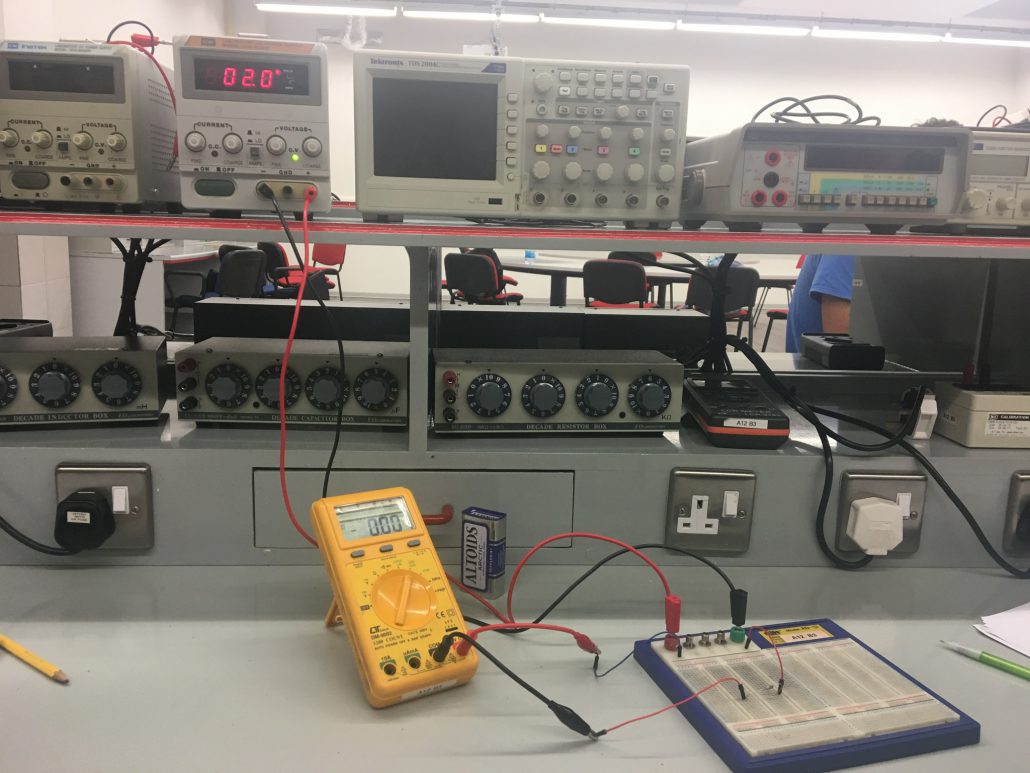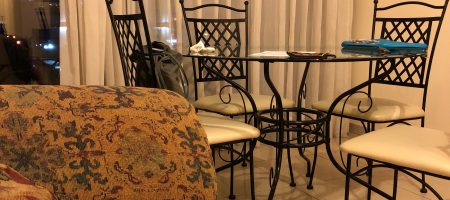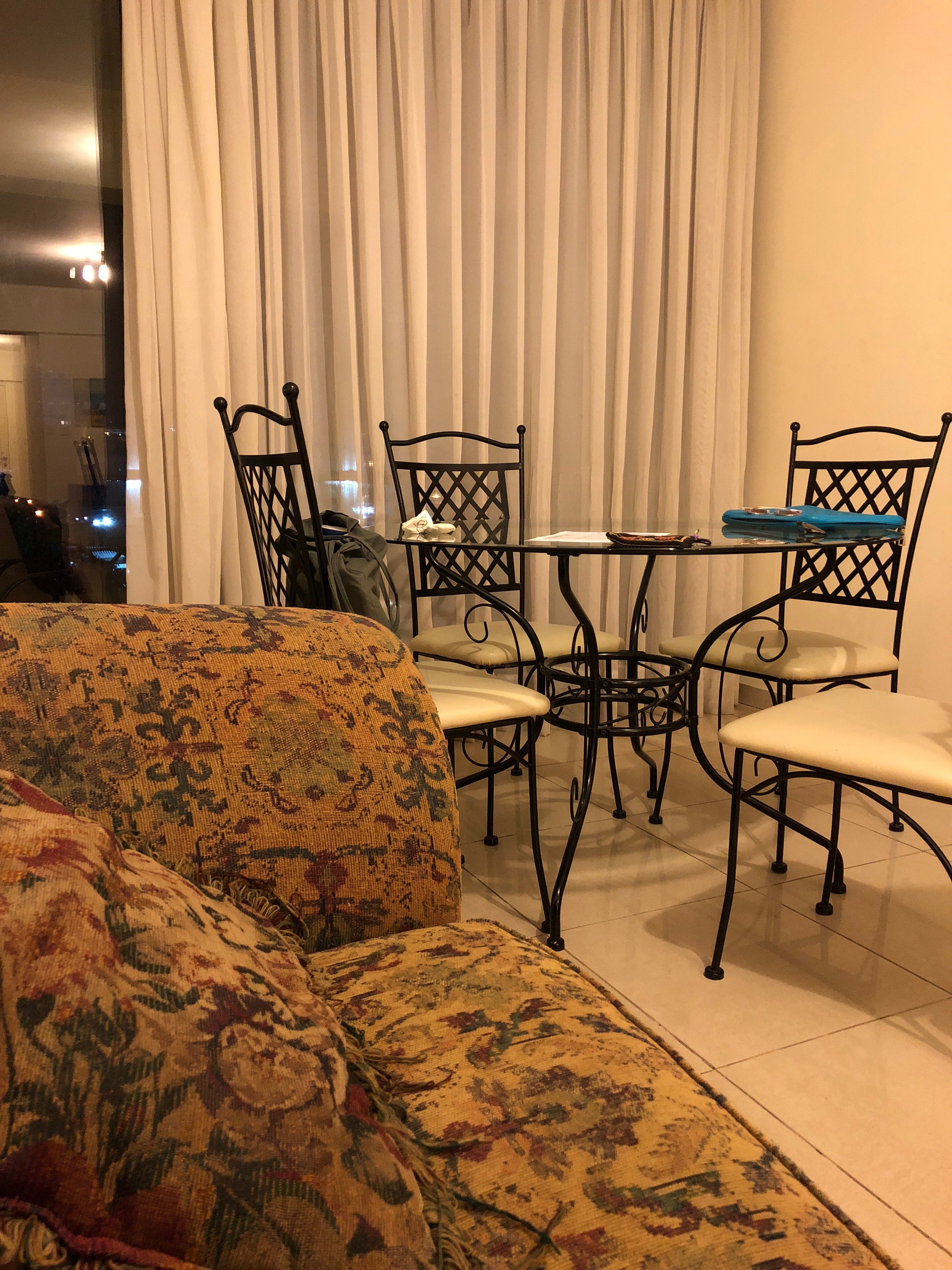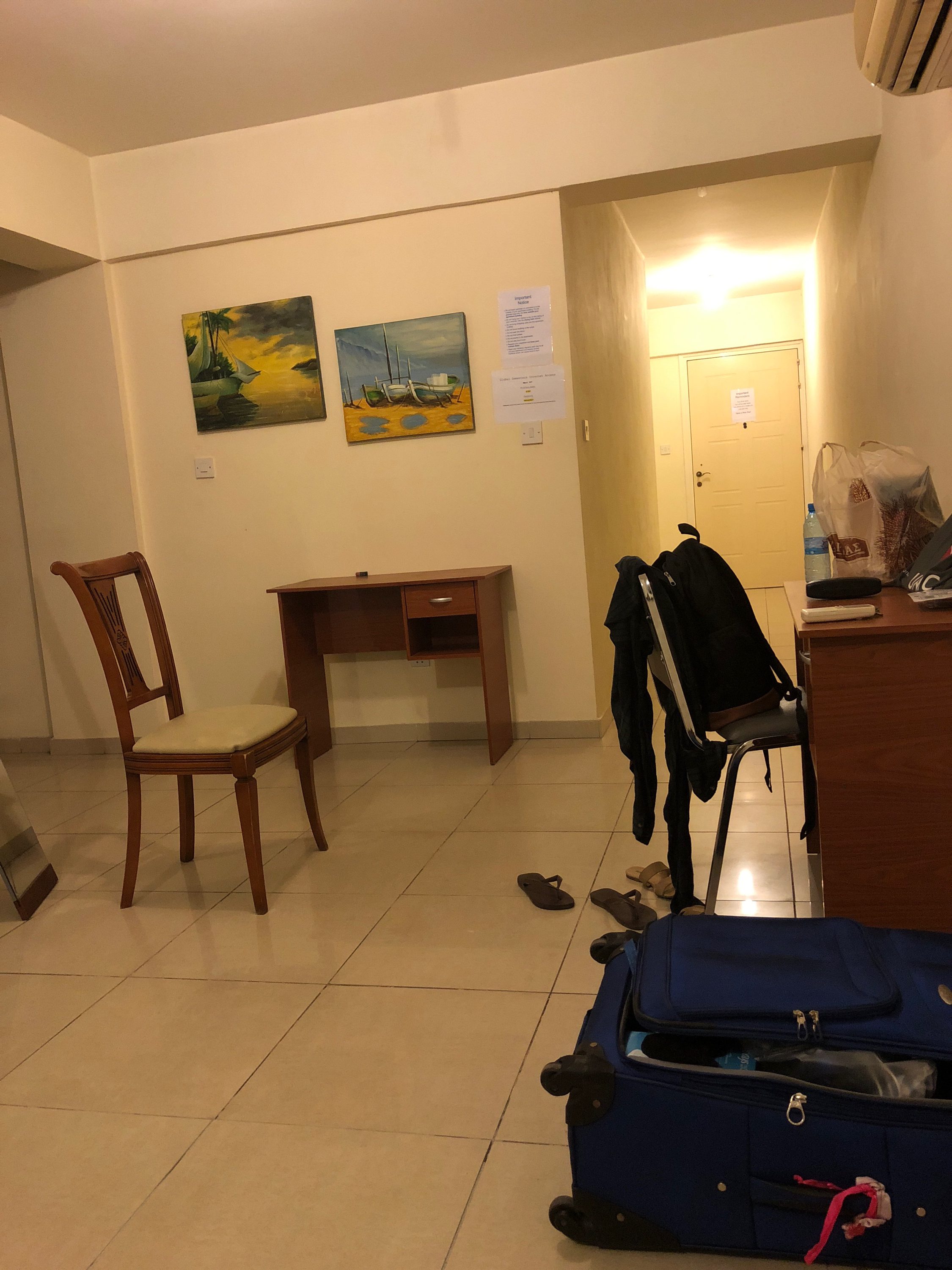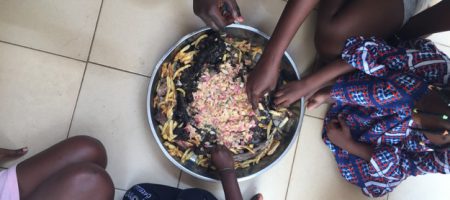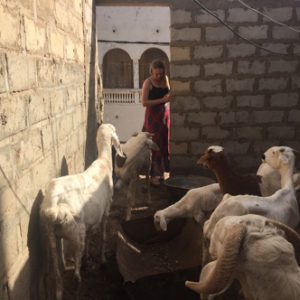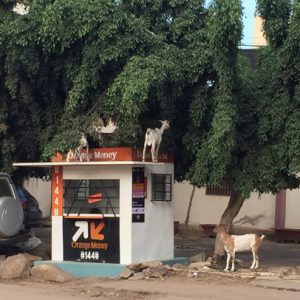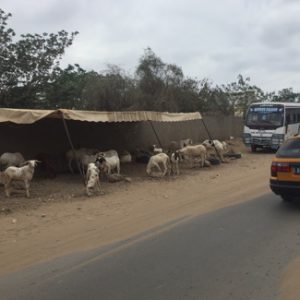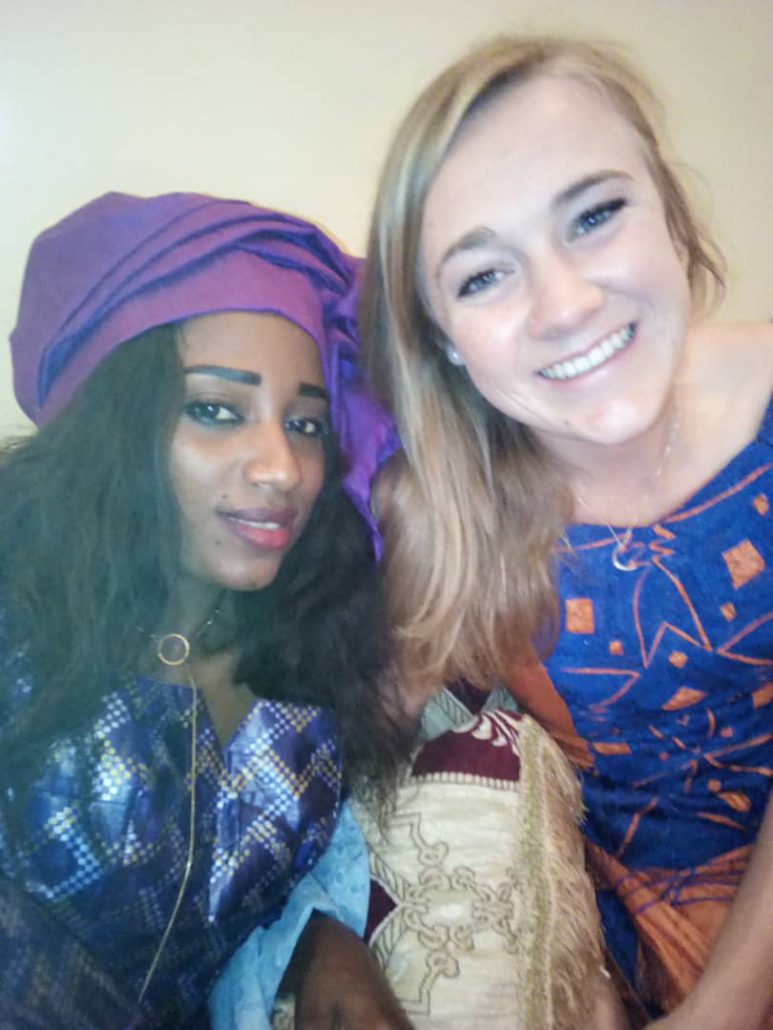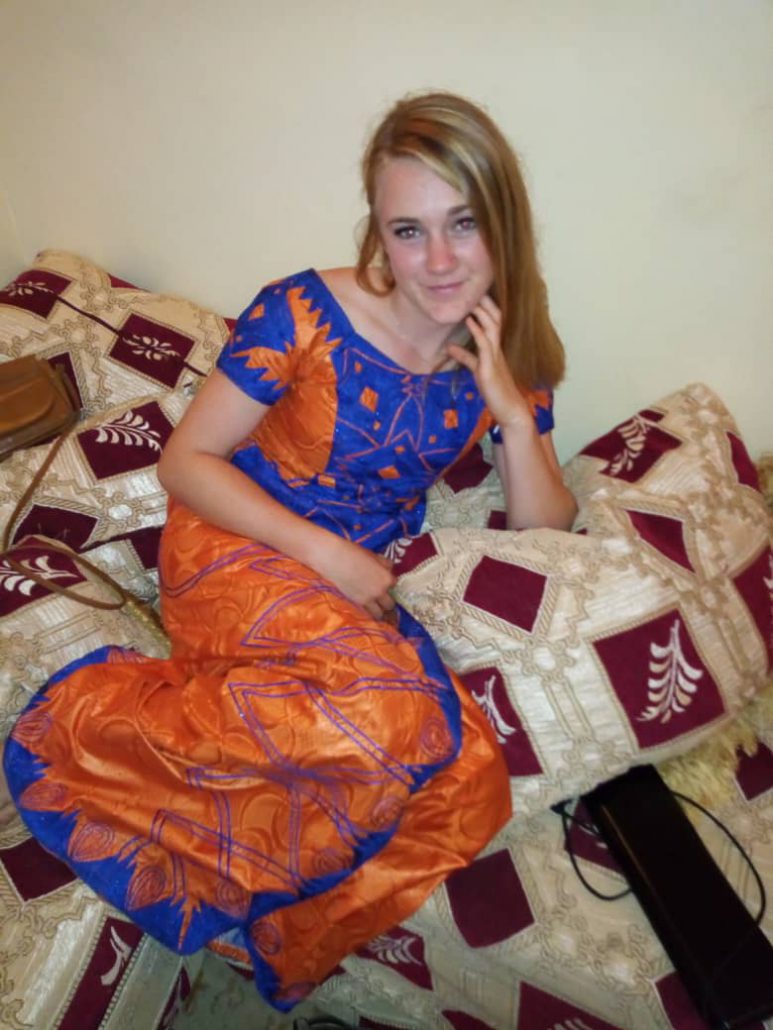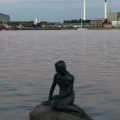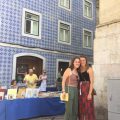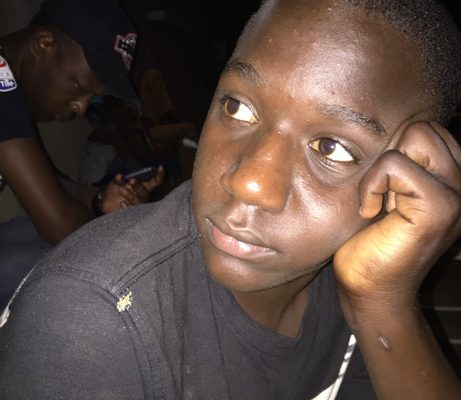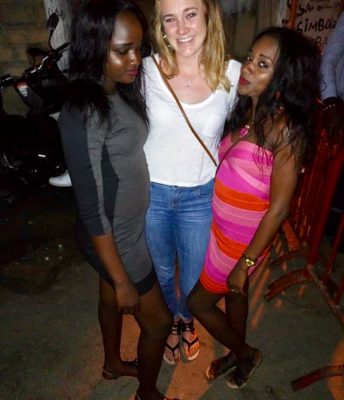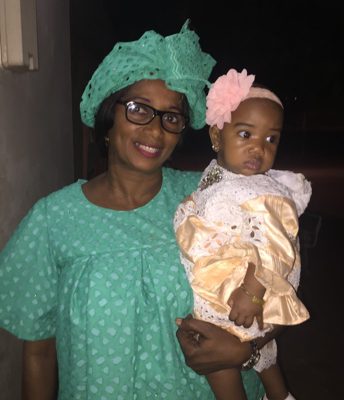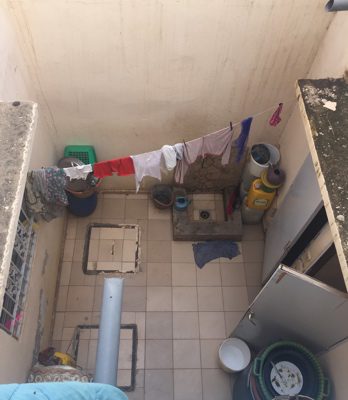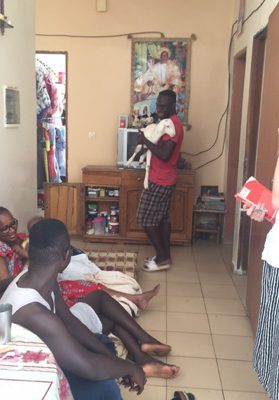Cyprus | Our Last Midterm and Limassol Weekend Excursion
BY ARISA DHIENSIRI
This past week we took our last midterm of the program and we’re officially 3/4ths of the way done with physics! It’s kind of amazing how much physics I’ve managed to cram into my brain in the past month and a half. It’s also unbelievable how much more physics I have to learn before our final in a week and a half, but I’m remaining positive and stocking up on coffee.
We just got back from our last weekend excursion of the program! This weekend we went to Limassol, Cyprus a metropolitan city on the southern coast. A bus picked us all up in front of the apartments Friday morning. The tour guide that took us through Nicosia during our orientation came along with. Before arriving at Limassol we took two stops and our tour guide explained the history of two historic landmarks.
The first stop we made was at Kolossi Castle. Kolossi Castle is the most well preserved castle on the island and was used as a Crusader stronghold. It was first constructed in the 13th century and overlooks Kolossi village, a couple of miles outside of Limassol. The castle looks like a tower, and the rooms inside are all identical to each other. After exploring the castle we went to the rooftop to take pictures and take in the view.
After Kolossi Castle we went to Kourion, an ancient city-kingdom, where we explored the architectural ruins of a Greco-Roman theater. Kourion borders Kouris River and was the site of an ancient Greek city-kingdom. The main attraction is a Greco-Roman theater that is still used for live music and art performances today. Next to the amphitheater is a villa housing mosaics similar to the House of Dionysus. The tour guide explained the mythological significance of the scenes depicted in the mosaics.
Once we finished touring Kourion the bus dropped us off at the Kapetanios Odyssia hotel. We spent the weekend exploring Limassol and enjoying our last free weekend. Limassol itself is mostly known for being a tourist area with nightlife attraction. During the day on Saturday we went to the Limassol Pier and walked along the boardwalk. Like the rest of Cypriot climate Limassol was extremely hot and humid so we stopped at a Haagen-Daz shop to cool down and have some ice cream and milkshakes. Afterwards we walked around the Old City area of Limassol, which was very reminiscent of the Old City in Nicosia.
Limassol has a really broad range of Mediterranean restaurants but after a month of gyros I was really craving pasta. My roommate and I went to a TGI-Fridays right across the hotel for dinner. This weekend was kind of bittersweet since it’s the last weekend we’ll all enjoy relaxing together. This summer has gone by so fast and I already dreading having to say bye to everyone, but I’m happy we still all have a week left together.
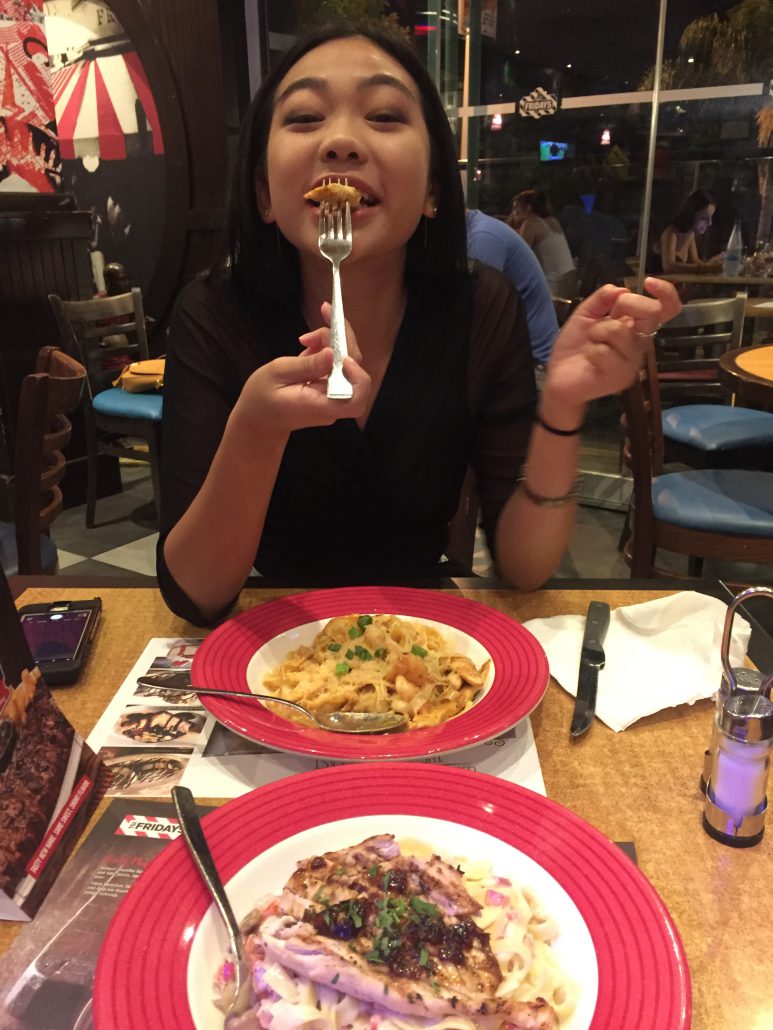
Arisa Dhiensiri studied abroad in Nicosia, Cyprus, in summer 2018: http://eap.ucop.edu/OurPrograms/Cyprus/Pages/univ-of-nicosia-summer-science.aspx


